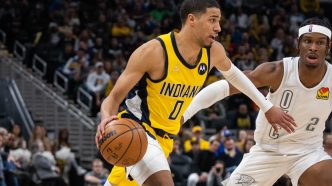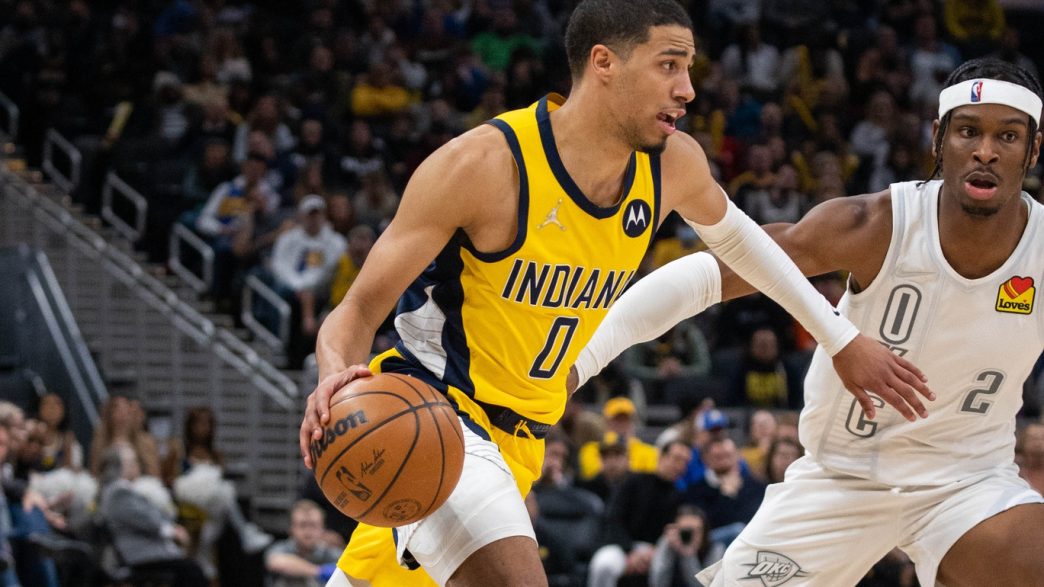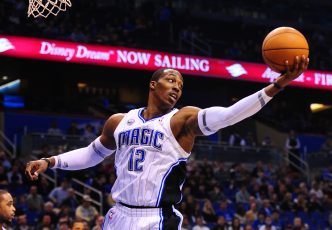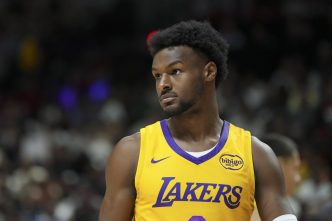As the Indiana Pacers reveled in their home victory on Saturday night, solidifying their place in the NBA Finals, it’s hard to imagine that league executives in Manhattan weren’t tensing up. The matchup—featuring two small-market teams, with Indianapolis sitting at the 25th largest media market and Oklahoma City at 47th—has sparked conversations about its potential impact on viewership and revenue.
This matchup does raise the question of whether it’s as gloomy for the league as some suggest. Sure, the Pacers squaring off against the Thunder means that the star power of names like Tyrese Haliburton, Pascal Siakam, Shai Gilgeous-Alexander, and Jalen Williams might not bring the same ratings boost as a series featuring larger-market teams like the New York Knicks or Los Angeles Lakers. However, the financial implications are more nuanced than they might appear at first glance.
While television ratings play a role in the league’s finances, they are just one piece of a much larger puzzle. Merchandise sales, ticket revenue, and sponsorship deals come into play as well. Although merchandise sales are likely to dip without the glitz of a New York or L.A. franchise in the finals, the financial hit isn’t as severe as some might think.
A former senior NBA executive noted that the correlation between ratings and revenue isn’t as direct as it may seem. “If you have bad ratings for the next decade, that limits your TV rights. But I don’t think anyone in the NBA is worried about that right now because the revenues for TV are guaranteed,” he explained. This year’s revenues are already locked in, thanks to long-term agreements made in 2014 that ensure the league’s financial footing despite fluctuations in viewership.
Yes, the Pacers and Thunder might not rake in the ticket revenue of a Knicks playoff game, but the NBA operates on a system where financial success extends beyond that single metric. Seat prices at Madison Square Garden set a high bar, with some tickets reaching exorbitantly higher than those for games in Oklahoma City. According to reports, the Knicks could pull in around $10 million in gate receipts for a conference finals game—money that also contributes to the shared pool of basketball-related income.
It’s important to note that the NBA has seen a significant uptick in ratings across this postseason, fueled in part by a compelling Knicks playoff run. Yet, this finals matchup remains unique. Historically, it’s rare for both teams to be based in markets that aren’t among the top 20 in the country. Previous finals featuring smaller-market teams, like the Thunder and Spurs, have not drawn as many eyeballs as when larger franchises were competing.
The league is acutely aware of star power’s influence on ratings. Significant viewership typically accompanies marquee names. While the league has moved away from the LeBron James and Stephen Curry-driven finals of years past, its aim now is to promote the fresh talents of players like Haliburton and Gilgeous-Alexander, who, while stars in their own right, have yet to attain widespread recognition among casual fans.
In this context, the NBA is willing to sacrifice a potentially lower viewership in the short term for the long-term gain of nurturing new fandoms. The hope is that names like these will emerge as household fixtures in the basketball landscape, much as Giannis Antetokounmpo and Nikola Jokić did after their championship runs.
From the networks’ perspective, there’s a shared interest in prolonging the series. More games mean more revenue, not just for the teams, but also for the league and the broadcasting networks. As ad spots are sold ahead of time based on projected ratings, every additional game enhances revenue potential. A seventh game, in particular, can dramatically increase viewership, as history has shown.
So, while the conventional wisdom might suggest doom and gloom for the league amid a finals featuring smaller-market teams, the reality is far more intricate. There are plenty of variables at play, and it will be fascinating to see how this series unfolds on the court and resonates with fans in the stands and at home. The only ones truly hoping for a quick conclusion will be the casual viewers—everyone else is rooting for a hard-fought battle that goes the distance.








